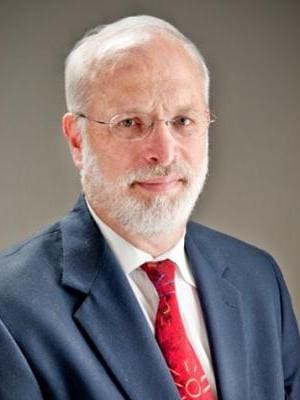How much do we really know about Jewish burials? What effect are they having on the environment? Is this an important conversation for us to have?
A few things really struck me from Richard Conniff’s recent opinion piece in The New York Times, titled “This Is How I Want to Be Dead.”
The author writes of the devastating environmental effects of cremation. Though many people think cremation is an environmentally sound process, the truth is quite the opposite.
The amount of BTUs needed to cremate a body contributes to the negative impacts of climate change; there is also concern about mercury and particulate emissions from crematoriums.
Conniff writes, “In Redditch, England, the heat generated in a local crematory from the fat of the dearly departed now gets piped over – I’m not making this up – to warm the water in a town swimming pool. But the typical cremation still produces a disturbing mix of greenhouse gases and other pollutants.”
And it’s not just cremation: Traditional burial dumps an estimated 800,000 gallons of toxic embalming fluids into the earth – every year.
Conniff wishes to be buried in a “green burial,” someplace in the woods guaranteed never to become a traditional cemetery. There are now 70 such burial grounds in the United States.
Though the essay does not address the subject of Jewish burials, it occurred to me as I read it that traditional Jewish burials are, in essence, a type of “green burial” itself.
I feel that it is time that we, as rabbis and as a Jewish community, begin to speak more about the environmental advantages of a traditional Jewish burial.
Hopefully, other faith traditions can learn from these burial customs as a means of practicing creation care at the end of life.
Traditionally, Jews do not embalm our dead.
Coffins are made of wood and are usually very simple. There are not even any metal nails in a kosher Jewish coffin, the wood instead held together by dowel rods. Caskets and grave liners are not hermetically sealed.
Why? As Jews, we believe that as we have come into the world naturally, so our bodies, as containers of our holy souls, should also leave this world naturally.
It is for this reason that processes designed to slow bodily deterioration (embalming) or to hasten it (cremation) are so frowned upon by Jewish tradition.
Jewish tradition encourages burial of the dead.
Because the body is viewed as the holy container of the soul, removing blood from the body in order to embalm is considered disrespectful to the body of the deceased. Similarly, cremation has traditionally been viewed as defilement of the body.
It should be noted that within Reform Judaism, cremation is acceptable, though the traditional method of burial is still encouraged.
The 1988 CCAR Rabbi’s Manual, produced by the Central Conference of American Rabbis, states, “We continue to stress that burial is the time-honored Jewish way of disposing of the dead. … However, the practice of cremation has lately spread, for a number of reasons. We would reiterate that it ought to be discouraged if possible, especially in our generation which has seen the murderous dispatch of millions of our people by way of crematoria.”
The manual adds, “If, however, cremation has been decided upon by the family, we should not refuse to officiate. It is suggested in such cases that the service be held at an appropriate place and not at a crematorium.”
We also remember that the bodies of millions of Jewish people were disrespected during the Holocaust and ultimately cremated, which has led many within our community to conclude that if the Nazis would commit such an act out of their hatred for us, we certainly should not do it to ourselves or our loved ones.
So let’s bring it all together: In our burials, we rarely embalm or cremate our loved ones.
We bury them in a simple all wood casket that does not contains nails. If there is to be a grave liner, its purpose is simply to prevent the collapse of the grave; the liner is never hermetically sealed, thus allowing us to fulfill God’s definition, “For dust you are, and to dust you shall return” (Genesis 3:9).
Other than the fact that we cut the grass in our cemetery (which some would consider to be a non-green practice), our burials are environmentally conscious, having minimal impact on the earth.
As such, we have succeeded in combining a respect for Jewish tradition with our Jewish commitment to the environment.
As a Reform rabbi, I am very proud of the way in which we bury our dead and of how we manage the upkeep of our beautiful cemeteries.
In so doing, we exercise our sacred responsibility to those who, in life, gave us so much love and guidance.
Fred Guttman is rabbi of Temple Emanuel in Greensboro, North Carolina.

